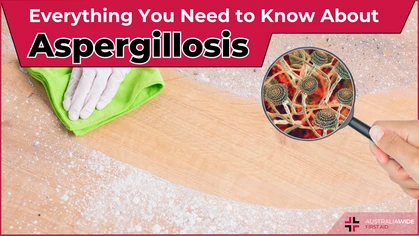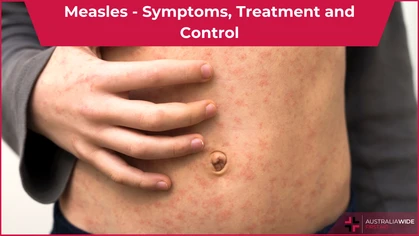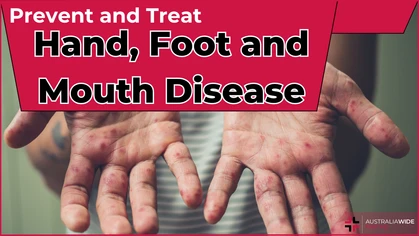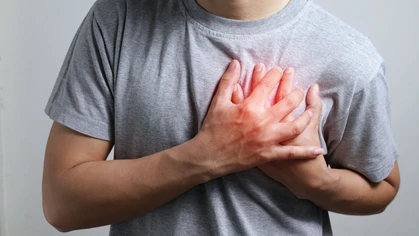3 Differences between Strokes and Seizures

Disease
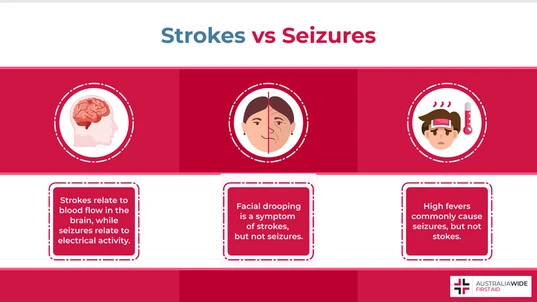
Both strokes and seizures are neurological episodes in which the brain stops functioning normally. Likewise, they are both characterised by an inability to control thoughts, behaviours, and movements. However, important distinctions exist in their causes, symptoms, and treatments.
Strokes and seizures can be confused with each other, as they are both serious medical emergencies affecting the brain. However, while strokes are generally caused by a disruption to the brain’s blood supply, seizures are generally caused by a malfunction in the brain’s electrical activity. They also have distinct symptoms, treatments, and risk factors. Continue reading for a more thorough understanding of how to spot a seizure from a stroke, and how to provide first aid accordingly.Causes
Stroke
A stroke occurs when the blood supply to a part of the brain is suddenly disrupted. This can cause brain cells to die, as they rely on blood to receive life-sustaining oxygen and nutrients. If a stroke victim does not receive prompt medical treatment, whole swathes of their brain can die, and they can sustain permanent brain damage and requisite physical, emotional, and intellectual complications. Strokes can occur in three primary forms, each of which have their own individual causes:- Haemorrhagic strokes occur when a blood vessel ruptures and leaks blood into or around the brain, which suffocates the soft brain tissue.
- Ischaemic strokes occur when an artery that supplies blood to a part of the brain is blocked by an embolism or atherosclerosis, which can lead to permanent scarring on the brain and impaired functioning.
- Transient ischaemic attacks (TIAs) also occur when an artery that supplies blood to a part of the brain is blocked, albeit temporarily.
Seizure
Our brain controls all our bodily functions, including our thoughts, emotions, and motor skills. Our body does this by using neurons to receive information from, and relay information to, different parts of the body. Neurons, in turn, communicate with one another using a form of electricity – seizures occur when a sudden and excessive burst of electrical activity in the brain disrupts the regular pattern of these electrical impulses. There are many different types of seizures, and they are classified according to whether the casualty remained aware during the seizure, how the casualty moved during the seizure, and in which part of the brain the seizure originated from. The three major groups of seizures are:- Focal onset seizures start in one hemisphere of the brain, and they may or may not spread to other parts of the brain.
- Generalised onset seizures are characterised by simultaneous abnormal nerve discharges in both hemispheres of the brain.
- Unknown onset seizures are those that have not been diagnosed as focal or generalised, typically because they were not witnessed by anyone.
- Head trauma.
- Brain infection, brain tumours, or other functional abnormalities in the brain, including stroke.
- Flashing lights, moving patterns, or other visual stimulants.
- Lack of sleep or extreme stress.
- High fever associated with infection.
Symptoms
Stroke
The Stroke Foundation recommends using the acronym F.A.S.T to remember the main symptoms of stroke. As cited by the American Stroke Association, the letters of F.A.S.T represent:- F = Face Drooping: Does one side of the face droop or is it numb? Ask the person to smile. Is the person’s smile uneven?
- A = Arm Weakness: Is one arm weak or numb? Ask the person to raise both arms. Does one arm drift downward?
- S = Speech Difficulty: Is speech slurred?
- T = Time to call Triple Zero (000) if you see any of these signs.
- Weakness, numbness, or paralysis in other parts of the body, either on one or both sides.
- Blurred vision or loss of vision in one or both eyes.
- A sudden and severe headache with no known cause.
- Dizziness, loss of balance, or an unexplained fall.
- Difficulty swallowing, speaking, or understanding.
Seizures
The nature and severity of symptoms vary according to the type of seizure a person experiences. Many people describe having an ‘aura’ prior to their seizure – a foreboding sense that something is about to happen, and which can be characterised by odd smells, feelings of deja-vu, or pins and needles. In general, seizures are signalled by changes in a person’s movements, behaviours, and awareness, and can include:- Losing consciousness or becoming unresponsive, such as ‘staring off into space’.
- Experiencing impaired thinking, disorientation, or hallucinations.
- Salivating excessively from the mouth.
- Blinking or rolling the eyes upwards.
- In terms of motor skills, symptoms can also include alternate stiffening and jerking movements, floppiness, and tremors.
Care and Treatment
Stroke
- If the casualty fails the F.A.S.T test, call Triple Zero (000) for an ambulance.
- Help the casualty adopt a position of comfort, while also ensuring that their airway remains unobstructed, and their body temperature remains normal.
- Talk to the casualty reassuringly, even if they are unconscious.
- If the casualty is or becomes unconscious, but is breathing normally, move them into the recovery position.
- Constantly observe for signs of deterioration – if they do stop breathing normally, follow DRSABCD and prepare to perform CPR.
Seizure
For all seizures, regardless of cause, you should consult the following first aid treatment:- Stay calm and remain with the casualty.
- Move any objects and/or bystanders out of the way, if there is a chance of them injuring the casualty.
- Protect the casualty’s head from impacts.
- Loosen any of the casualty’s tight clothing.
- Note the start time and duration of the seizure.
- Follow the casualty’s seizure management plan, if there is one in place.
- When the casualty stops convulsing, or if they start vomiting, roll them into the recovery position and ensure that their airway remains unobstructed.
- Observe the casualty and monitor their breathing – if they stop breathing normally, follow DRSABCD and prepare to perform CPR.
- Call for an ambulance if it’s the casualty’s first seizure; the seizure lasts for longer than 5 minutes; a second seizure occurs in quick succession; the casualty remains unresponsive for longer than 5 minutes after the seizure has ceased; the casualty has been injured during the seizure; or, the casualty has a pre-existing health condition like diabetes or pregnancy. You should also call for an ambulance if the casualty has never experienced a seizure before, or if you are otherwise worried or uncertain about their condition.
- Reassure the casualty and allow them to rest until they are fully recovered – once a seizure has ended, the casualty enters the post-ictal or recovery phase, which can last from hours to days and be marked by confusion, tiredness, or soreness.
Conclusion
Strokes and seizures are both caused by disruptions to the brain’s function. Strokes generally occur when there is a blockage or rupture in one of the vessels supplying blood to the brain, while seizures generally occur when there is a surge of electrical activity in the brain’s nerve cells. While experiencing strokes and seizures, casualties generally lose control of their thoughts, behaviours, and motor skills. As such, it is important to know the differences between strokes and seizures, so you can provide appropriate first aid and reduce the casualty’s risk of long-term health complications. To learn more about the risk factors and signs of stroke, check out the National Stroke Foundation and their awareness campaigns, including National Stroke Week. And to learn even more about how to assist those in a health crisis, book a First Aid course with us today!Sources
- "Seizures", healthdirect.
- "Epilepsy", Better Health Channel.
- "About Epilepsy", Epilepsy Action Australia.
Originally published at
https://www.australiawidefirstaid.com.au/resources/strokes-and-seizures-difference
as part of the Australia Wide First Aid Articles Library



